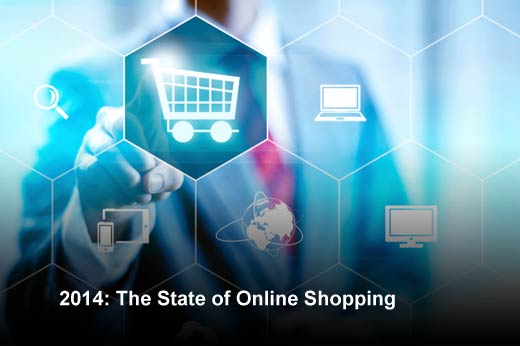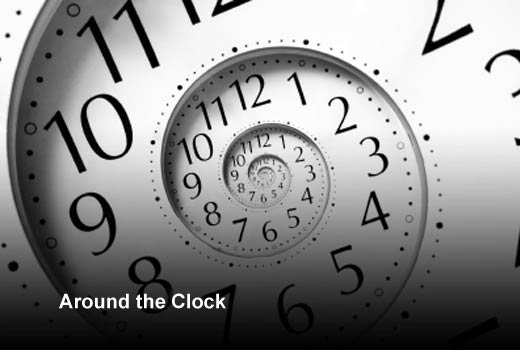According to forecasts, worldwide business-to-consumer e-commerce spending increased by 20 percent in 2014, reaching $1.5 trillion in sales. In fact, online shopping has seen such explosive growth over the last few years that e-commerce is now outpacing brick-and-mortar businesses. In some cases, online businesses have even driven brick-and-mortar businesses out of the market altogether, like Netflix’s impact on companies like Blockbuster.
E-tailers realize that consumer trends are evolving with the ever-growing online landscape, and without visibility into their market, online vendors will lose out on potential revenue.
To better understand the online consumer and the growing e-commerce marketplace, Clustrix surveyed more than 500 consumers in its “2014: The State of Online Shopping” survey. This slideshow features key findings from the survey.
2014: The State of Online Shopping
Click through for findings from a recent survey on consumer online shopping trends, conducted by Clustrix.
Consumers Can’t Resist a Limited-Time Sale
Survey results show that almost 70 percent (355) of respondents would either leave a meeting, or shop online during a meeting, to get a limited-time offer.
The deals that limited-time sales websites (i.e. HauteLook and nomorerack) offer are often so extreme that consumers cannot resist them, even while in a work meeting. Oftentimes, such deals will hit a consumer’s inbox in the morning hours, and by the time they get into work to check their email, an item might already be sold out. As such, limited-time sales are a foolproof way to drive website traffic.
Online Shopping Is a Modern Day Pastime
More than 40 percent (223) of respondents claim to shop online on a daily basis, and nearly 30 percent (144) claim to shop online on a weekly basis.
While the holiday season will surely drive consumer traffic, if unprepared, an unexpected spike in sales or even web traffic may very well lead to website slowdown or failure for their business. For example, in November, Zulily, the second largest flash-sale retailer in North America, experienced major downtime on its website. A few weeks ahead of Cyber Monday, an unexpected peak in visitor traffic shut down the entire site, completely halting all revenue potential. After all, you can’t have the “e” in e-commerce without the website.
Cyber Monday Lures Most Consumers
In 2013, Cyber Monday sales surpassed the sales of Black Friday, and the same trend followed suit in 2014. Consumers are continuously shifting to online shops and, as such, retailers are increasing their digital presence, especially around the holidays.
For example, of the 513 consumers surveyed, nearly three-fourths of respondents (374) claimed to shop on Cyber Monday. Another 73 respondents reported they sometimes shop on Cyber Monday. Overall, Cyber Monday captures the attention of almost 90 percent of the respondents.
Consumers Shop at All Hours of the Day
While a little under half of respondents (46 percent) shop online in the morning, the other half are split relatively even between shopping in the afternoon and in the evening. As such, e-commerce vendors need to offer their customers an always-on shopping experience, meaning their website needs to be equipped to handle traffic at any given time of day.
Consumers Don’t Mind the Emails
Almost all respondents were familiar with limited-time sale event websites like HauteLook and nomorerack. Additionally, an overwhelming four-fifths (81 percent) reported that they also subscribe to such websites.
Consumers are willing to receive inbound emails from such businesses to reap the benefits of the deals they offer. These private sale sites provide exclusive discounts for high-end brands to their members over short periods of time — generally 36 or 48 hours — drawing large numbers for each of these companies. In fact, HauteLook, a company owned by Nordstrom, had over 17 million members at the beginning of 2014, a three million rise from 2013.








